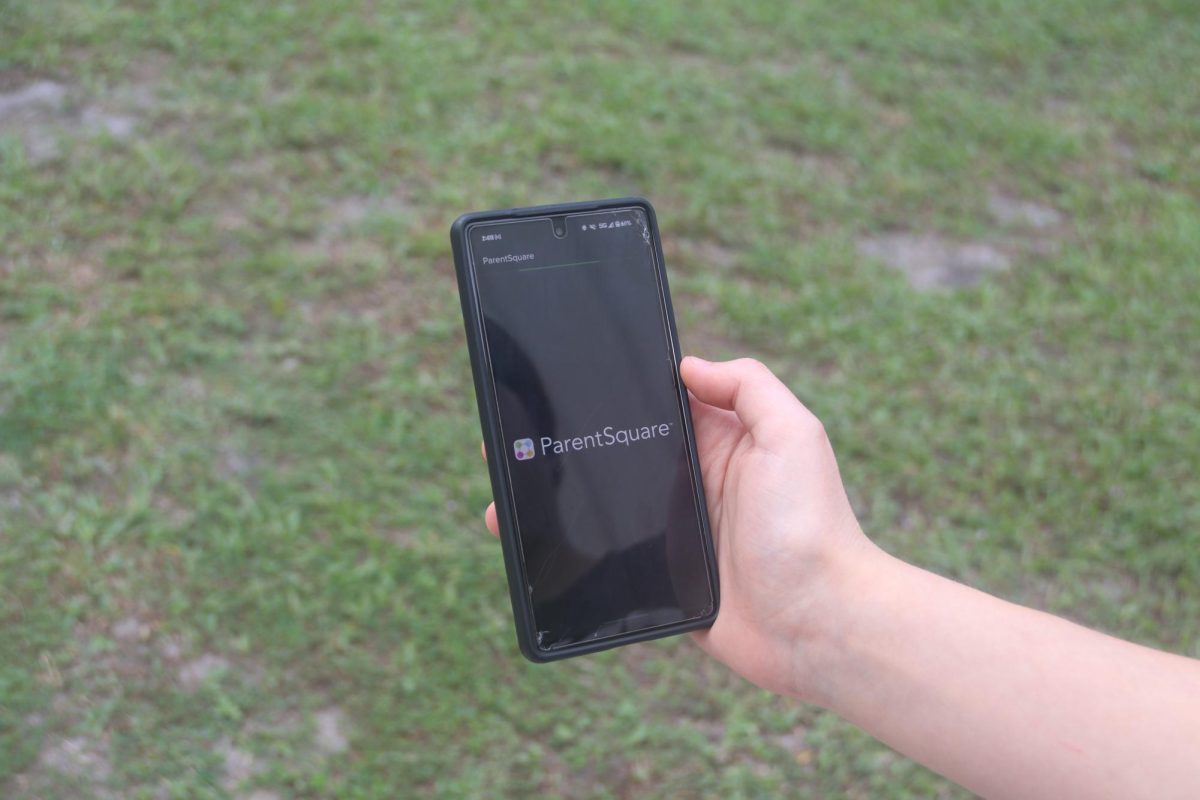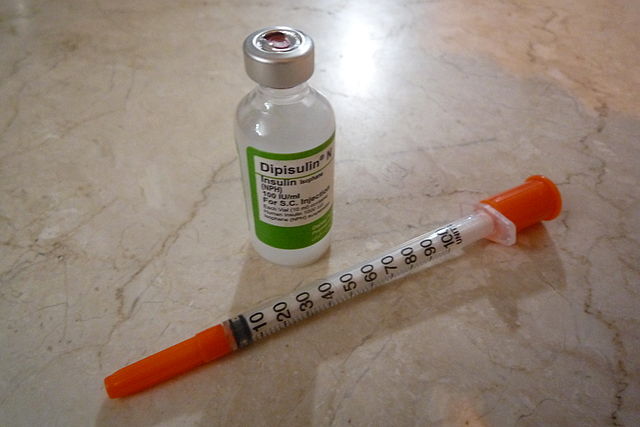US Senate blocks insulin price cap: Diabetics share their thoughts
Reza Babaeian, Wikimedia Commons, Creative Commons Attribution-Share Alike 3.0 Unported
Insulin is a live-saving medication that has vastly improved the lives of diabetics.
September 23, 2022
Not everyone can naturally create insulin, which is a hormone that regulates blood sugar. Without it, the human body cannot survive. This is often caused by an autoimmune illness known as type-1 diabetes. In order to help people with diabetes stay alive, lab-grown insulin was invented.
This acts as natural insulin, but requires injections before eating every meal. When it was invented by Frederick Banting, he sold the patent to the University of Toronto for only a dollar, famously stating, “Insulin does not belong to me, it belongs to the world.”
Now, insulin is not as accessible to everyone as he had planned. In fact, in the USA, it can cost up to $100 a vial – despite costing roughly $10 to make. The forces of the free market don’t apply to insulin manufacturers, and since people with diabetes need insulin to live, they are not in a position to negotiate the price of it.
A bill was proposed on Aug. 7, 2022 that would include reducing the price cap of insulin to only $35 monthly. With a vote of 57 to 43, that portion of the bill failed to gain enough votes in order to be passed.
Junior Jayla Ellis is a type-1 diabetic who has been living with diabetes her whole life. Her mother is a nurse that happens to work with diabetic patients and first discovered she was diabetic after a childhood incident.
“I had a birthday party and I sat in the corner the whole time, so they took me to a doctor and my blood sugar was higher than 700,” said Ellis.
She was then sent to Arnold Palmer and stayed there for around a week. A normal blood sugar for someone without type-1 is around 70-99 mg/dL, so having a blood sugar almost 10 times the normal range is cause for further inquiry.
Famed singer Nick Jonas is a type-1 diabetic and helps raise awareness for their issues. He was diagnosed at the age of 13 in 2005, as he told his story in an interview with Healthline.
“I was in really bad shape,” said Jonas. “I lost about 20 pounds in 2 weeks. I couldn’t drink enough water and was going to the bathroom all the time; very irritable, which is a symptom of high blood sugar.”
Upon reaching the hospital, it was discovered that his blood sugar was above 900 mg/dL. Then, he was diagnosed with type one diabetes.
A blood sugar that high can cause the body to go into Diabetic Ketoacidosis (DKA), which is caused when your blood sugar is too high for too long. When the blood sugar remains elevated for too long, that means there’s no sugar that is in the cells. This means that the body has to burn fat from surrounding cells in order to live. Essentially, when you have undiagnosed Type-1, you are slowly starving to death.
When the body’s fat is used, it releases a chemical called a ketone. Ketones are acidic, and enough of them can make your blood become very acidic, which can wreak havoc on your systems.
All of this is caused when the body’s immune system mistakes your pancreatic insulin-producing cells for something harmful, and ends up attacking the cells, which kills them. Therefore, since their pancreas doesn’t produce insulin, diabetics are required to inject themselves with insulin shots before they eat.
According to Fierce Healthcare, in 2012 the annual price for insulin was roughly $2,900. Within four years, the price has increased by 97% to about $5,700.
“I’m very worried for the future when I’m not on my parents’ insurance anymore,” said Ellis. “For the Dexcom, I think I might be fine, but for Insulin? Are you joking?”
The price of a Dexcom (without insurance) is around $360 for a transmitter, which lasts roughly 90 days. It is estimated to cost up to $6,000 per year when you put together the Dexcom transmitters, and sensors, not including the price of insulin.
The three large insulin manufacturers, such as Novo Nordisk, Sanofi, and Eli Lilly, have justified that the reason behind the heightened prices is simple; it’s the price of research and development, plus inflation.
Neil Brennan, the CEO of the Health Cost Institute, said that, despite their justification of making up for inflation, and R&D (Research and Development), insulin prices have continued to rise without much change in the product itself.
There are 20 million type-1 diabetics worldwide, and approximately 1.6 million in the USA alone; this means that one in 300 people in the USA need insulin to live.
“And to think about all the other diseases that even we don’t know about,” said Ellis. “People should stop making assumptions and start asking questions.”











































Tori Baer • Oct 18, 2022 at 2:12 PM
I think it is unfair to make insulin too expensive as diabetics need it to live. Pharmaceutical companies are taking advantage of diabetics’ condition. The price cap will help make it more accessible, as it is a necessity.